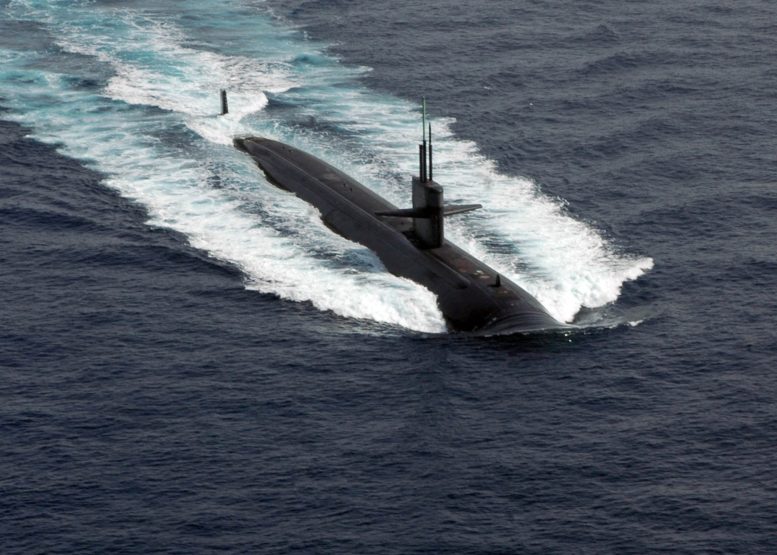INTRODUCTION
Stealth is the main reason for acquiring a submarine. Submarine-warfare is governed by avoiding being detected underwater by controlled sound propagation and crew activities on-board. Submarine invincibility is lost and the effective use of her weapon system would be denied once her presence underwater is detected. The submarine is a sitting duck because her location, rate of motion, and depth is detected and vulnerable to anti-submarine weapon systems with a guidance system. Submarines rely on acoustics or sound propagation and make use of the returning echo to detect and navigate targets underwater by the use SONAR to locate her fixed position in navigating underwater. It operates through the principles of physics, the Archimedes principle. The submarine must be able to shift from various sequences of buoyancy (negative, positive and neutral buoyancy) to dive, to surface, and to navigate between the surface and the bottom of the sea.
HULL STRUCTURE
Depth Rating. Human occupants of a submarine would suffer physiological problems if the air pressure inside were simply allowed to be equal to the water pressure outside the hull (for example, oxygen becomes toxic at high pressures). So, when the inside air is kept at normal atmospheric pressure, the hull must be able to withstand the forces created by the outside water pressure being greater than the inside air pressure. The outside water pressure increases with depth and so the stresses on the hull also increase with depth. Each 10 meters (33 feet) of depth puts another atmosphere (1 bar, 14.7 psi, 100 kPa) of pressure on the hull, so at 300 meters (1,000 feet), the hull is withstanding thirty atmospheres (30 bar, 441 psi, 3,000 kPa) of water pressure.
Design Depth. Design depth is the nominal depth listed in the submarine’s specifications. From it, the designers calculate the thickness of the hull metal, the boat’s displacement, and many other related factors. Since the designers incorporate margins of error in their calculations, crush depth of an actual vessel should be slightly deeper than its design depth.
Test Depth. Test depth is the maximum depth at which a submarine is permitted to operate under normal peacetime circumstances, and is tested during sea trials.
Operating Depth. The maximum operating depth (popularly called the never-exceed depth) is the maximum depth at which a submarine is allowed to operate under any (e.g., battle) condition.
Crush Depth. Crush depth, officially called collapse depth, is the submerged depth at which a submarine’s hull is expected to collapse due to pressure.
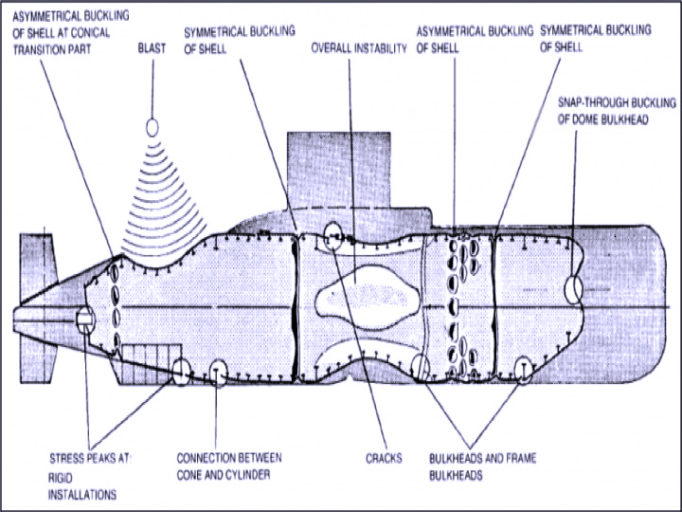
PROPULSION SYSTEM
- Diesel Electric – A combination of Marine Diesel Engine with Generators and several units of batteries (60-80 pcs) of high density batteries being charged and re-charged by the Marine Engine Generators. At the surface, the Marine Diesel Engine are connected to the atmosphere, oxygen is available to operate the Internal Combustion Engine of the Marine Engine to complete ignition-combusting to charge the batteries at the surface of the sea. Once the batteries are charged, the submarine will dive underwater using the batteries with the Marine Diesel Engine shut-off. These batteries can run-out of charge in 4-6 days and the submarine will need to re-surface to charge the batteries again.
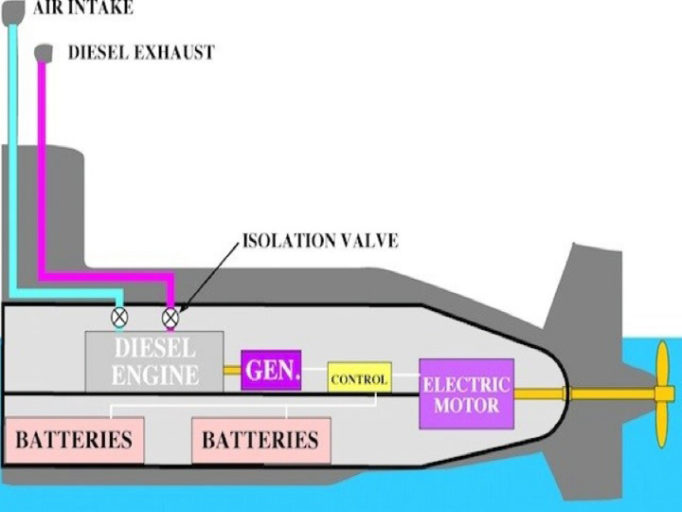
Figure 1. Diesel Electric Propulsion Photo Credit: defencyclopedia.com
- Air Independent Propulsion System – There are commonly four (4) types of Air Independent Propulsion (AIP) currently installed in the conventional submarines. The AIP can make the submarine operate underwater without connecting it to the atmosphere. The AIP can extend underwater endurance of the submarine for the next 30 days or more.
- Closed Cycle Diesel Engine – this technology stores a supply of oxygen in the submarine compartment in a tank called the Liquid Oxygen (LOX), and freed-in to the diesel engine to support ignition-combustion of the Marine Diesel Engine. The oxygen is mixed with inert gas (called argon). The exhaust gasses are cooled and scrubbed for extra left over of oxygen and argon. The remaining gasses are discharged into the sea after being mixed with seawater. The argon extracted from exhaust gasses is re-sent to the diesel again after being mixed with oxygen to support the ICE of the main engine.
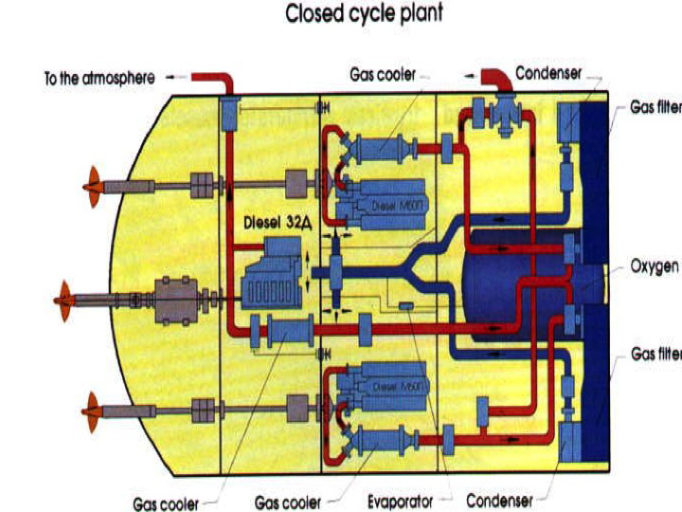
Figure 2. ClosedCycle Diesel Engine Photo Credit: forum.sub-driver.com
- Closed Cycle Steam Turbines – The Steam Turbine is the source of energy to heat water and convert it to steam in order to run the turbine called MESMA (Module d’Energie Sous-Marine Autonome / Autonomous Submarine Energy Module) by the French; it is a system that uses ethanol and oxygen at high pressure to generate steam. As a working fluid, this is used to generate steam to run the turbines. The high-pressure combustion allows the exhaust carbon dioxide to be expelled outside the submarine hull at any depth without the use of compressors.
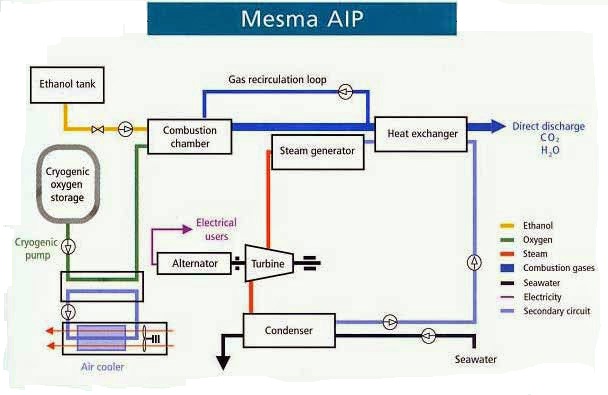
Figure 3. Closed Cycle Diesel Engine Photo Credit: gentleseas.blogspot.com
- Fuel Cell – an electrochemical cell that converts the chemical energy from fuel into electricity through an electrochemical reaction of hydrogen fuel with oxygen or another oxidizing agent. Fuel cells are different from batteries in requiring a continuous source of fuel and oxygen (usually from air) to sustain the chemical reaction, whereas in a battery, the chemical energy comes from chemicals already present in the battery. Fuel cells can produce electricity continuously for as long as fuel and oxygen are supplied.
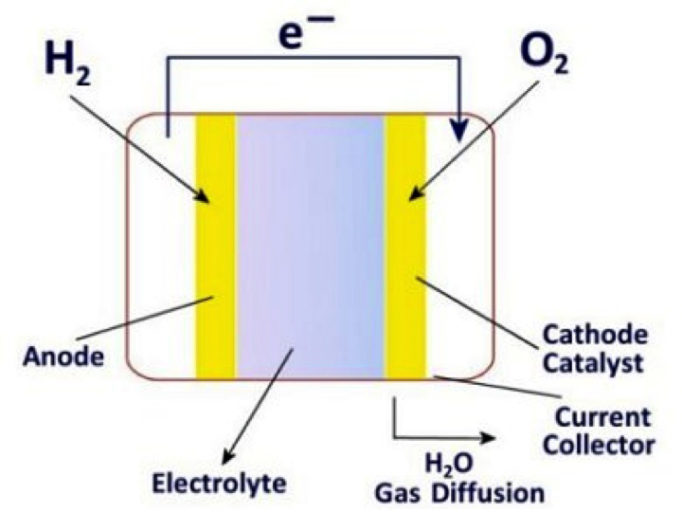
Figure 4. Closed Cycle Diesel Engine Photo Credit: fashion.stellaconstance.co
- Stirling Cycle Engines – The Swedish shipbuilder Kockums constructed 3 Gotland-class submarines for the Swedish Navy were fitted with an auxiliary Stirling engine, which burns liquid oxygen and diesel fuel to drive 75 kilowatt electrical generators for either propulsion or charging batteries. The endurance of the 1,500-ton boats is 14 days at 5 kn (5.8 mph; 9.3 km/h).
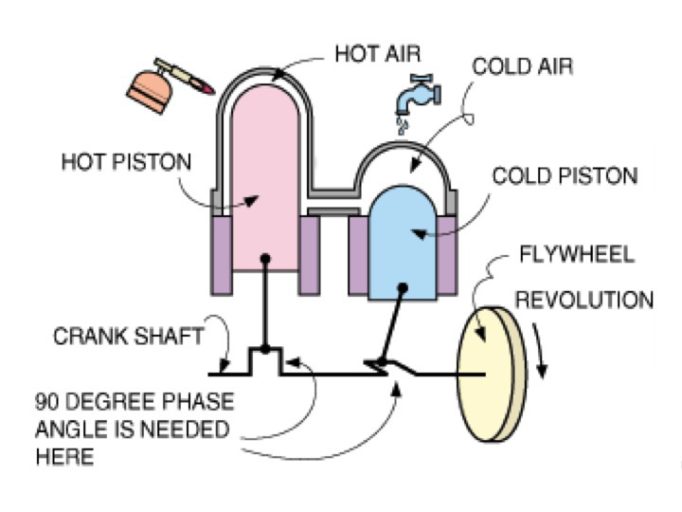
Figure 5. Stirling Cycle Engine Photo Credit: sivakrishna.com
- Closed Cycle Diesel Engine – this technology stores a supply of oxygen in the submarine compartment in a tank called the Liquid Oxygen (LOX), and freed-in to the diesel engine to support ignition-combustion of the Marine Diesel Engine. The oxygen is mixed with inert gas (called argon). The exhaust gasses are cooled and scrubbed for extra left over of oxygen and argon. The remaining gasses are discharged into the sea after being mixed with seawater. The argon extracted from exhaust gasses is re-sent to the diesel again after being mixed with oxygen to support the ICE of the main engine.
- Nuclear Propulsion System – is a propulsion system of a ship or submarine with heat provided by a nuclear power plant. The power plant heats water to produce steam for a turbine to turn the ship’s propeller through a gearbox or through an electric generator and motor.

BATTERIES OF SUBMARINE
Lead-acid batteries are the heritage batteries used in nuclear powered naval submarines. Although, they have low energy density, they are mature in technology and cost considerably less than lithium-ion alternatives.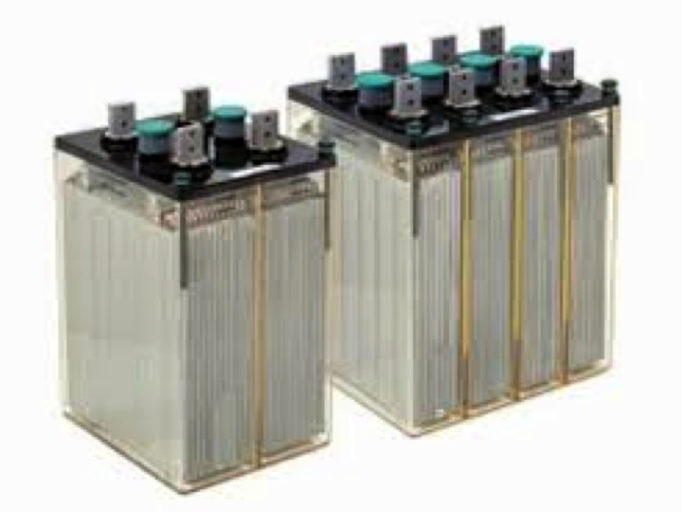
Advantages of Submarine Propulsion Batteries:
- High Power Density
- High Reliability and Safety
- Minimal Hydrogen Evaluation
- Low Maintenance
- Thru-life warranty
- Prevention of overheating and Electrolyte Stratification
- These batteries are commonly used by Augusta, Daphne, Scorpene, Romeo, kilo, and Foxtrot, etc. Diesel Electric Submarines. Weight per unit of batteries (245 cm. x 80 cm. x 240 cm) is about 1,650 pounds. The weight also serves as fixed ballast for the hull of the submarine to maintain an upright position under water and also at the surface.
Recommendation: Among the four types of AIP, the fuel cell is the quietest unit with the least acoustic signature, and can achieve a high level of stealth because batteries of the submarine are being charged by fuel cell (no moving parts compared to the other three AIPs which have components that are mostly moving parts).
 About the Researcher: CAPT TOMAS D BAINO PN (Ret) completed his post-graduate studies in Submarine Design at the Department of Naval Architecture, University College of London, United Kingdom of Great Britain, under the sponsorship grant of the UK Ministry of Defense.
About the Researcher: CAPT TOMAS D BAINO PN (Ret) completed his post-graduate studies in Submarine Design at the Department of Naval Architecture, University College of London, United Kingdom of Great Britain, under the sponsorship grant of the UK Ministry of Defense.
Capt Baino is an associate editor of the Maritime Review providing series of articles in Naval Ship Design, and presently serving as Naval Architect Consultant with the Philippine Department of Transportation and the Philippine Coast Guard Project Management Office in Ship Acquisition Program.
